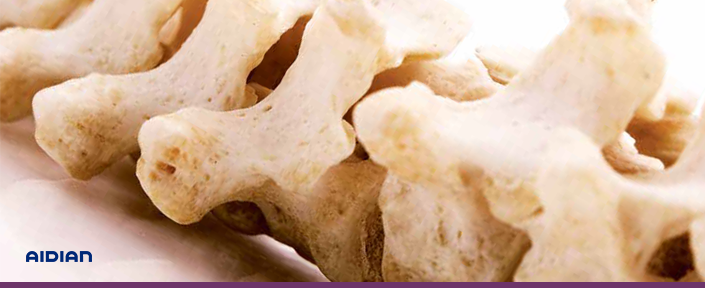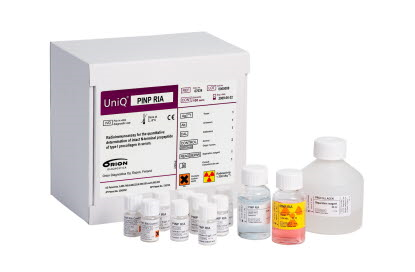The value of PINP measurements in the diagnosis and treatment of osteoporosis
Products are for professional/laboratory use only.
Osteoporosis is a medical condition in which the bones become fragile from loss of bone mass. Osteoporosis is caused by a disturbance in the normal turnover process of bone, typically as a result of hormonal changes, or deficiency of calcium or vitamin D. Consequently it leads to an increased risk of bone fractures.
Diagnosis of osteoporosis is often done by measuring the bone mineral density (BMD) of the patient. BMD is through a static measure of the patient’s current bone status and therefore provides no information about the rate of bone turnover, that is, how fast bone turnover is taking place.
As increased bone turnover is associated with an increased risk of fracture, the assessment of bone turnover will provide valuable complementary data on the patient’s bone status.
Bone turnover in the patient can be determined by measuring PINP concentrations with the UniQ PINP kit in the patient’s blood. The measurement of PINP is a sensitive means of assessing bone turnover.
The level of PINP has been found to correlate with and precede changes in BMD, and to predict the rate of bone loss. When BMD is used to monitor the effect of antiresorptive or anabolic therapy in osteoporosis, it usually takes two years of therapy before a significant response in BMD can be detected.
With PINP, similar information can be obtained rapidly, in a couple of months, after the onset of therapy. PINP therefore provides early information concerning the response to osteoporosis treatment and aids in selection of the right treatment option. Measurements of PINP can also be used to encourage patient compliance.








